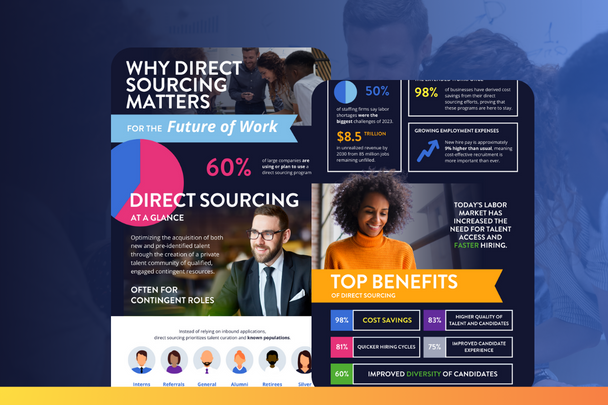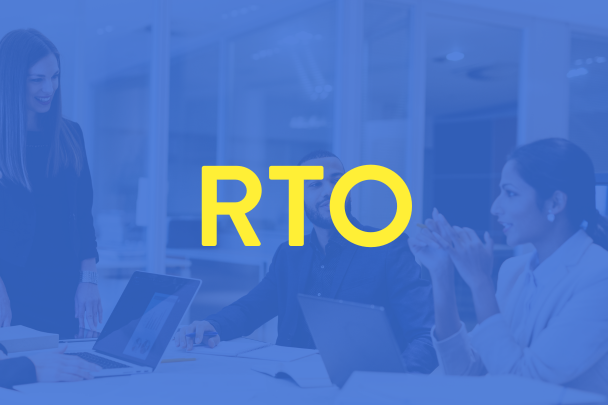When making decisions about people and the workforce, companies are turning to talent technology. The study of People Analytics is not new. However, there’s a greater emphasis on it today. Especially because many are looking to onboard more diverse talent, your people and workforce can benefit from honing your organization’s hiring data practices.
Due to a number of reasons, organizations across the nation are looking for ways to assure diverse talent pools. A study from The World Economic Forum shows that 20% of diverse companies show an increase in overall innovation. In fact, 19% attribute rises in revenue from improving upon their diversity hiring efforts. This year, conversations surrounding data and its implication on businesses objectives are growing exponentially. Not surprisingly, companies are turning to technology for solutions. Certainly, it allows us to be faster and more efficient. Hiring is no exception.
But what happens when diversity hiring practices go wrong? I think we can all learn a valuable lesson from Amazon. The truth is that bias can turn good intentions into bad decisions, whether its unconscious or not. Predetermined ideas, prejudice, and other outside influences can easily skew our results. If the people who analyze data or create Automated Intelligence (AI) have biases, any advancements are potentially moving us in the wrong direction. Unconscious hiring bias is not something you want to automate or scale.
Let’s face it, no person or machine is perfect. That means validating your outcomes must be both. To make improvements, start by asking yourself these two questions.
What is Hiring Bias & How Do We Reduce It?
1. What is bias?
More times than not, conscious and unconscious bias can go undetected by human resources teams. It’s important to understand how biases impact our hiring decisions. So, if you’re not already familiar, be aware of common hiring biases.
-
Confirmation Bias
occurs when people favor information that confirms their existing beliefs and ignores alternative or disconfirming information. In hiring, this can include asking inconsistent questions to a variety of candidates, like asking certain questions to “favorable” candidates to receive desirable responses.
-
Affinity Bias (aka Similarity Bias)
occurs when hiring managers seek out others who are similar them. Such as those from the same alma mater, who are from the same city, or have similar hobbies. After closely examining their people analytics, many organizations are moving away from seeking “Culture Fit,” and instead looking for “Culture Add.”
-
Perception Bias
occurs when there is a perceived stereotype of a person based off of things like gender, generation, religion, or ethnicity. For example, a hiring manager might assume a millennial doesn’t have enough experience, or that an older applicant doesn’t have the required technical acumen. The truth is, both candidates could be duly qualified and deserve real consideration.
2. How do we reduce bias?
To safeguard your data and its outcomes, you must reduce or eliminate interference. When data is biased, you’re not getting an accurate picture of your people analytics. For example, without including the data sets of your contingent talent pool, your conclusions do not represent your entire workforce population. If you’re looking to optimize your contingent talent pool and improve overall organizational performance, there are several ways to reduce biases within your hiring process.
-
Blind Hiring Processes
Try ‘leveling the playing field’ by scrubbing applications of information such as names, school names, age, and any other non-essential candidate fields. Often times, these details can lead to hiring decisions based on unconscious biases.
-
Skills or Work Sample Assessments
If you want to be confident an applicant has the required skills to perform the job, schedule an assessment. These types of evaluations can improve your reasoning behind hiring. As opposed to hiring because of resume information like degree, field of study, or GPA, you can put their skills into motion to qualify their talents more fairly. Of course, the assessment process must go through its own series of bias assessments to avoid further biases.
-
Standardized Interview and Hiring Processes
By using a more structured interview process, you can more effectively reduce any potential for bias. Consistency matters. Ask the same questions to each candidate. If you proceed with the process in the same manor for each applicant, it becomes inherently more impartial. Within your interview process, methodical works best to reduce hiring bias.
-
Internal Education
Train your internal teams about biases. When your staff knows why you are implementing more diverse hiring practices, they are more open to learning and adopting new practices. Try to get everyone on the same page as much as possible prior to making any changes. Invite guest speakers to educate on Diversity, Equity and Inclusion (DEI) topics. Invest in events that promote diversity and inclusion. Most of all, continue to have open conversations on the importance of DEI.
-
Consult an Expert
There is no guaranteed way to eliminate bias. However, growing awareness can improve your people analytics. As much as technology is helping us advance, it’s essential to keep a human element attached to hiring processes. More so, it’s best to rely on a DEI expert. When people have biases, the data analyses and processes they manage tend to move things in the direction of their own perception. When it comes to advancing your talent community, you don’t want to go the wrong way!
To avoid flaws in your hiring process, it’s imperative you check for any potential biases in your data. By applying statistics, technology and human expertise to large sets of talent data, you can better inform your business decisions and outcomes. Attracting and retaining top talent depends on it!
Yes, it takes additional time and effort to reduce biases. Trust me, it’s worth the investment. You may want to consider engaging an expert to supplement your resources. The human element in HR Tech can make all the difference.








